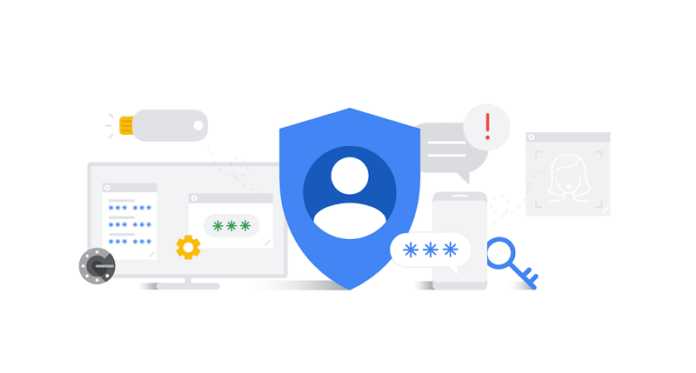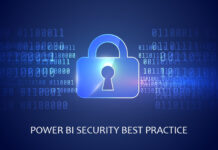One of the most prominent risks organizations of all sizes face in terms of cybersecurity is compromised credentials. Research shows around 61% of people reuse passwords for their work and personal accounts. One data breach that may occur on a site having nothing to do with your business can create significant destruction for you. Having an additional layer of security place in terms of credentials is incredibly important.
Multi-factor authentication (MFA) is becoming a requirement for any business that takes security seriously.
Multi-factor authentication requires that there’s another verification method on top of traditional passwords.
Remote work is becoming the primary way to do business, so security programs have to move away from protecting networks and instead go toward Zero Trust Security and the Domainless Enterprise.
MFA is part of both of those.
The following are some specific benefits of MFA for any business.
Protects Against Specific Threat Types
What’s good about MFA for businesses is that it can protect against many of the most common and damaging types of security threats and attacks. For example, MFA can safeguard, at least in part, against:
- Phishing: Phishing attacks were the most common type of cybercrime in 2020. The incidence of phishing nearly doubled from the previous year, likely because of the growing number of remote workers. With MFA, an attacker in a phishing attempt can’t log into the system without the second factor. Similarly, MFA can help with spear-phishing attacks, which focus on a small number of high-value targets.
- Man-in-the-Middle: MitM attacks lead to attackers intercepting a network connection to steal data as it’s in transit. MFA mitigates these attacks because an attacker can’t leverage stolen credentials more than once, and they might not be able to change passwords as they need to implement the attack.
- Brute force: These are automated attacks where the attacker uses stolen passwords, trying all combinations against an attack until they find the right one.
Weak Password Protection
Even with the best training and formalized policies, your company is still at risk if your employees use weak passwords. Automated password changes can become burdensome and irritating to employees as well.
MFA is a good way to add another layer of security to protect your company from the pitfalls of weak employee passwords, including when employees use the same password across multiple accounts.
Keep in mind when considering this advantage of MFA that around 80% of hacking-related breaches are due to weak or stolen passwords.
Security Without Diminishing User Experience
Your employees are bogged down by passwords, which is why they so often reuse them or don’t follow company password policies. MFA can secure your environment even without the need for overly complex or cumbersome policies or requirements.
There tends to be the misconception that MFA will make the login process more difficult for employees, but that’s not the case, particularly if you combine it with Single Sign-On (SSO). With SSO, then your employees are going to get secure and also simplified access to all IT applications. They only need one set of credentials that they’re required to remember.
MFA Fits In With the Evolving Workplace
As more and more employees work outside the confines of the traditional work environment, that means they’re also working outside of the network perimeter, creating new cybersecurity challenges.
With MFA, employees can access what they need to do their jobs no matter where they physically are, but the business network and data are protected.
One specific challenge for employers with employees who work remotely, along with the general lack of a network perimeter is the use of unmanaged devices. Employees increasingly use their unmanaged personal devices for various aspects of their work. Those don’t have the same level of protection company devices do.
With MFA, there’s an increased ability to protect against these devices being used as attack vectors. When MFA uses mobile push as the second factor, it can be an optimal layer of protection because it’s an entirely separate medium.
Prevention of Cascading Failures
A cascading failure is a term where one breach leads to expanding destruction because of unfettered access obtained by the cybercriminal. MFA can put a stop to this when it’s applied to as many services, applications and devices as possible.
There are limits to overall company exposure with MFA. For example, if a compromised account is then reused on a device with MFA enabled, that ends the attack. Passwords are not the most efficient or effective way to secure work resources, and MFA should be an integral part of your cybersecurity and identity management strategy as a result.








